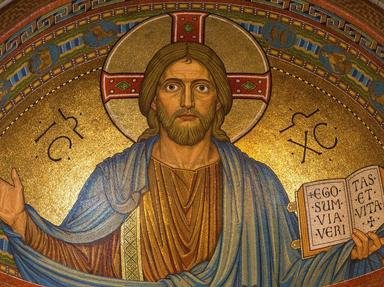Quiz Answer Key and Fun Facts
1. What was the name of the woman who was struck dead for withholding money from the early church? Her husband's name was Ananias. (Acts 5:1-11)
2. What was the name of the run-away slave who met up with Paul in Rome and in a really small-world twist, found out his master was a good friend of Paul? (Philemon 1)
3. After raising Dorcas from the dead, what's the name of the man Peter stayed with, as per Acts 9:36-43?
4. Who served as Paul's secretary when he dictated the words for the Book of Romans? (Romans 16:22)
5. When it comes to diabolical leaders, one doesn't have to look beyond the Bible to find mind-boggling examples. One king in the New Testament of the English Bible was so determined to maintain his hold on power that he ordered all the male infants aged two and under killed. Who was the diabolical king? (Matthew 2:13-18)
6. What was the name of the young man who fell asleep and tumbled out of a third story window when Paul preached on and on? (Acts 20:7-12)
7. Luke 7:11-17 tells of Jesus raising a widow's son from the dead. In what community did this miracle take place?
8. According to Romans 16:23, the director of public works for the city of Corinth was among the members of the early church. What was his name?
9. In different places in the New Testament, reports are given of Jesus calming a storm on a body of water. (My favorite account is the one from Mark 6:45-51.) What's the name of the body of water?
10. Now, take the first letter of each answer and come up with the name of a man who is mentioned in the salutations of a New Testament book.
Source: Author
Cowrofl
This quiz was reviewed by FunTrivia editor
agony before going online.
Any errors found in FunTrivia content are routinely corrected through our feedback system.
